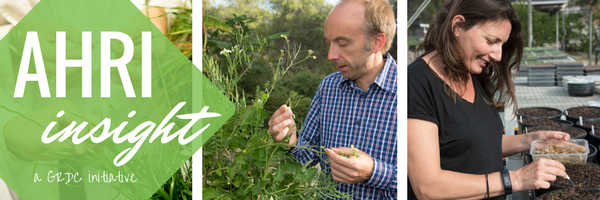|
Australian Herbicide Resistance Initiative (AHRI) insight #109 - Rare but predictable – A new target-site mutation for glyphosate resistance discovered
Australia
October 22, 2018

In 2016, Tridax procumbens became the 13th species to be placed on the Australian list of glyphosate-resistant plants. The resistant population was collected from a sandalwood plantation in the Ord Irrigation area, WA where a bare earth herbicide program, based on routine and regular glyphosate use, had been practised for many years.
Anyone researching herbicide resistance mechanisms knows that glyphosate target-site resistance is most commonly associated with the EPSPS (5-enolpyruvylshikimate-3-phosphate synthase) Pro-106 site mutation. Recent research out of AHRI has demonstrated that resistance can be endowed through a variation at the Thr-102 site, without any variation at the Pro-106 site.
AHRI’s principal research fellow, Dr Qin Yu, in collaboration with other international researchers, has demonstrated that in Tridax daisy, glyphosate resistance is associated with the Thr-102 site mutation alone.
In contrast to earlier investigations with goosegrass, where both the Pro-106 and Thr-102 sites (TIPS) mutation endowed glyphosate resistance, this study has demonstrated that selection for a mutation at Thr-102 alone can lead to moderate level glyphosate resistance in the field.
Known as coat buttons or Tridax daisy, T. procumbens is native to the Americas and is a common weed in the tropical to subtropical regions of Queensland, the Northern Territory and Western Australia where it invades pastures, crops, bushland and my lawn!
Like many other species that are regarded as ‘hard-to-kill’ with glyphosate, Tridax daisy is naturally quite susceptible to glyphosate when it is in the small seedling growth stage.
Once the plant matures and the taproot establishes, this species is known to be hard to control in the field. This natural tolerance at the later growth stages is assisted by the lower efficacy of glyphosate when applied in tropical summer conditions of northern Australia.
Read more
More news from: Australian Herbicide Resistance Initiative (AHRI)
Website: http://www.ahri.uwa.edu.au/ Published: October 22, 2018 |
|
The news item on this page is copyright by the organization where it originated
Fair use notice |